What Animals Use Budding
This occurs via a process known as budding and the gemmules are very resistant to environmental damage. The new organism remains attached as it grows, separating from the parent.

REPRODUCTION vs EXTINCTION Budding....a form of
Budding is characteristic of a few unicellular organisms (e.g., certain bacteria, yeasts, and protozoans).
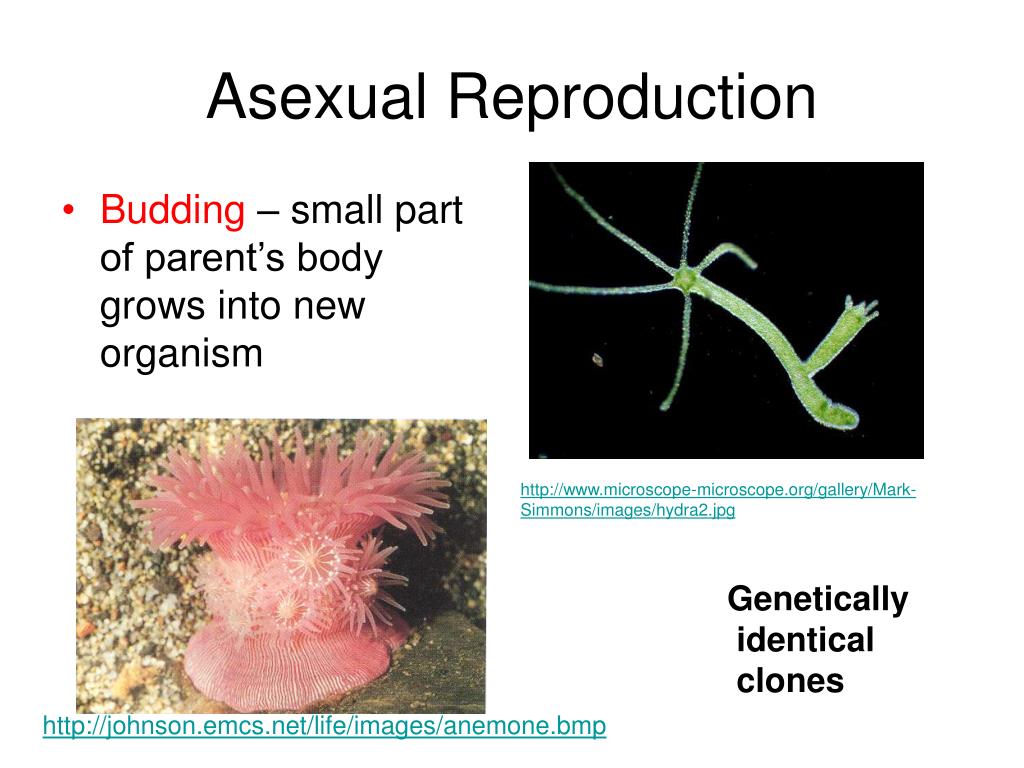
What animals use budding. This types of reproduction can be seen in hydra. A b c d e f g h i j k l m n o p q r s t u v w x y z. A budding scientist james hickman, has created technology that allows scientists to experiment without the need for animals.
Once grown, the new organism detaches from the parent body. Budding is a kind of asexual reproduction , which is most frequently related in both multicellular and unicellular organisms. The sponges and hydra reproduce sexually besides their ability to reproduce asexually by budding and regeneration.
Corals, flatworms, and jellyfish or jellyfish are famous examples of budding reproduction. This process is called budding. The vast majority of animals need to breed to reproduce.
Budding occurs commonly in some invertebrate animals such as hydras and corals. Bacteria, yeast, corals, flatworms, jellyfish, and sea anemones are some animal species that reproduce through budding. By using a special simulation program, scientists simply input data into the program and realistic results.
Bacteria, yeast, corals, flatworms, jellyfish and sea anemones are some animal species which reproduce through budding. However, a number of metazoan animals (e.g., certain cnidarian species) regularly reproduce by budding. But a small subset of animals can have offspring without mating.
Budding is a form of asexual reproduction that results from the outgrowth of a part of the body leading to a separation of the “bud” from the original organism and the formation of two individuals, one smaller than the other. > budding is a form of asexual reproduction in which a new organism develops from an outgrowth or bud due to cell division [mitosis] at one particular site. What animals reproduce by budding?
Budding occurs commonly in some invertebrate animals such as hydras and corals. The process, called parthenogenesis, allows creatures from honey bees to. Usually, unicellular organisms like bacteria, yeast, and protozoans use the budding method for reproduction but several metazoan animals also reproduce by budding.
In cultivation or farming, the term bidding focuses on a strategy for plant expansion wherein a bud of the plant to be proliferated is joined onto the stem of an alternate plant. Budding is another method of asexual reproduction where a new organism develops from an outgrowth from the parent body known as a bud. Colonies of certain bee species have also shown budding behavior, such as apis dorsata.
In hydras, a bud forms that develops into an adult and breaks away from the main body ( figure 13.3 ). Which animals uses budding as a way of reproduction? Bacteria, yeast, corals, flatworms, jellyfish, and sea anemones are several animal species which reproduce through budding.
A bud forms on the tubular body of an adult hydra, develops a mouth and tentacles, and then detaches from its parent. In some of these cases, such as that of the planarians ( planariidae ), sexual reproduction is always the favorite of the species, since it provides genetic variety, but in specific conditions budding may be more convenient. On the surface of the animal, a specific group of cells begin to grow which form a new individual.
These derive nutrition from the parent for growth and development. Figure 13.3 (a) hydra reproduce asexually through budding: Budding is a type of asexual reproduction, which is most commonly associated in both multicellular and unicellular organisms.
In hydras, a specific genus of the family cnidaria, asexual reproduction occurs by sprouting. Bacteria, yeast, corals, flatworms, jellyfish and sea anemones are several animal species which reproduce through budding. Budding is a type of asexual reproduction in which a new organism develops from an outgrowth or bud due to cell division at one particular site.
Budding is a kind of asexual reproduction, which is most frequently related in both multicellular and unicellular organisms. Animals that reproduce by budding consist of corals, some sponges, some acoel flatworms (e.g., convolutriloba), and echinoderm larvae.
Asexual Reproduction Definition & Overview
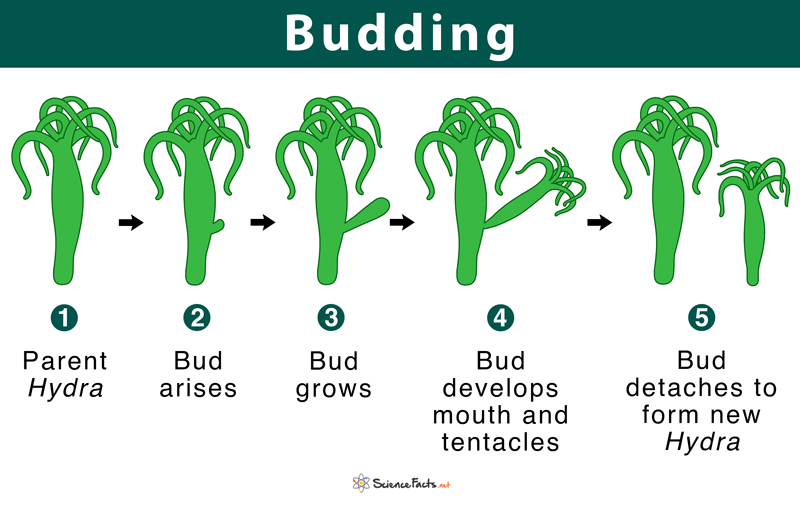
Budding Definition & Types with Examples & Diagram

Modes Of Reproduction Different Modes Of Reproduction In
In which asexual reproduction two individuals are formed

Asexual Reproduction of Animals
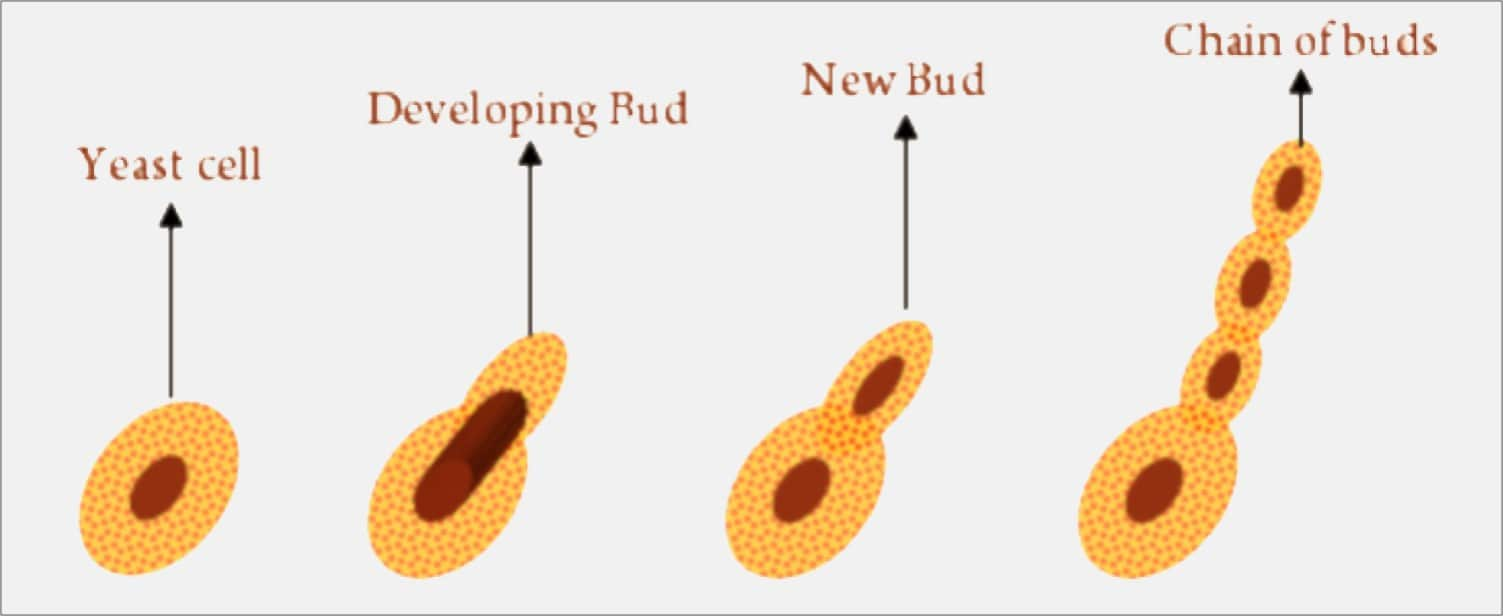
Budding Types of Budding Budding in Yeast and Budding

Budding Of Asexual Reproduction Engineering Info

PPT Animal Reproduction PowerPoint Presentation, free
ASexual Reproduction Lesson Presentation Biology
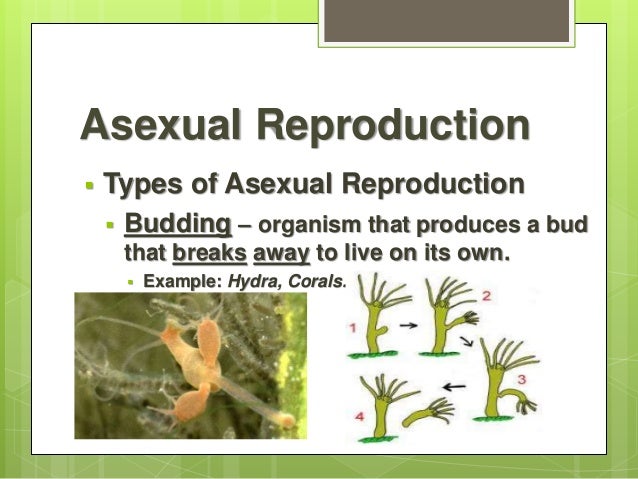
Asexual Reproduction in Animals (Quick Review)
:max_bytes(150000):strip_icc()/hydra-57fe77bf5f9b5805c258fe09.jpg)
Common Types of Asexual Reproduction

Asexual Reproduction of Animals
24.1. Reproduction Methods Concepts of Biology 1st
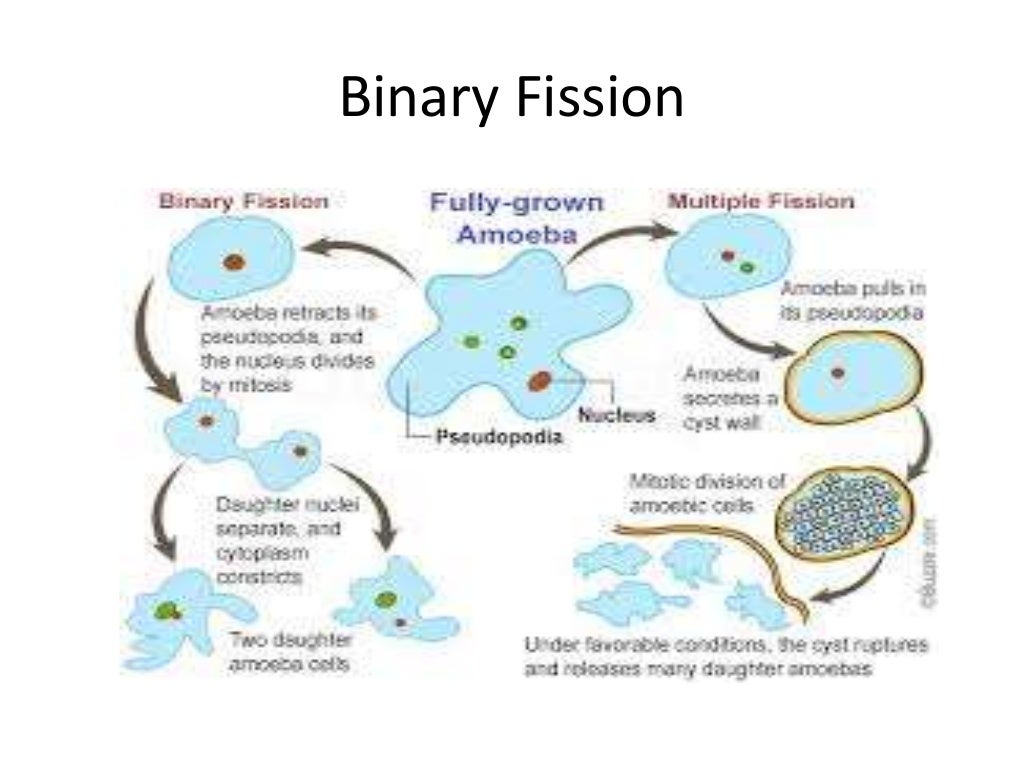
Asexual Reproduction of Animals
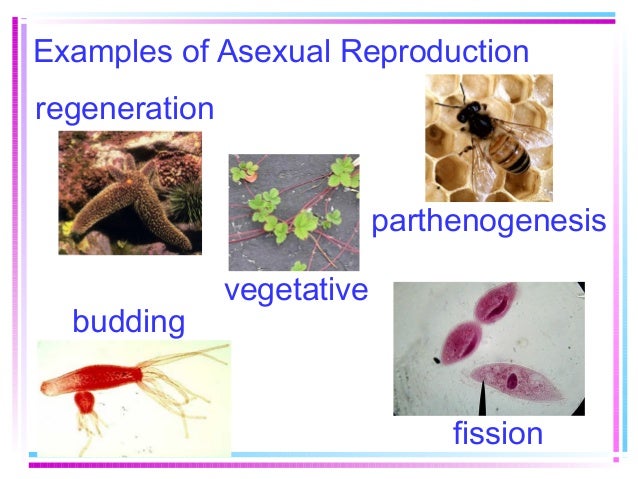
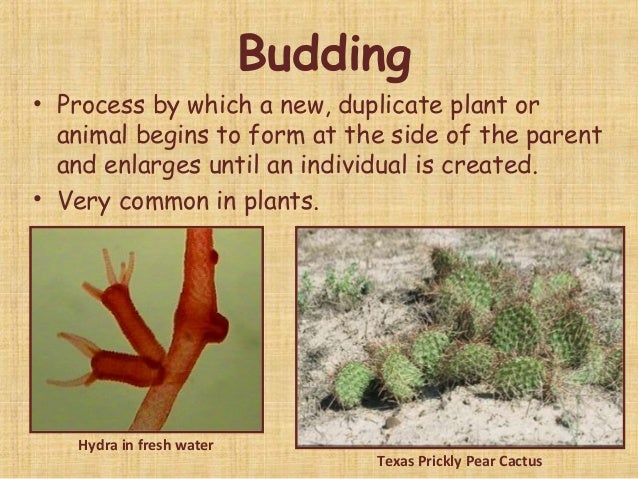


Post a Comment for "What Animals Use Budding"